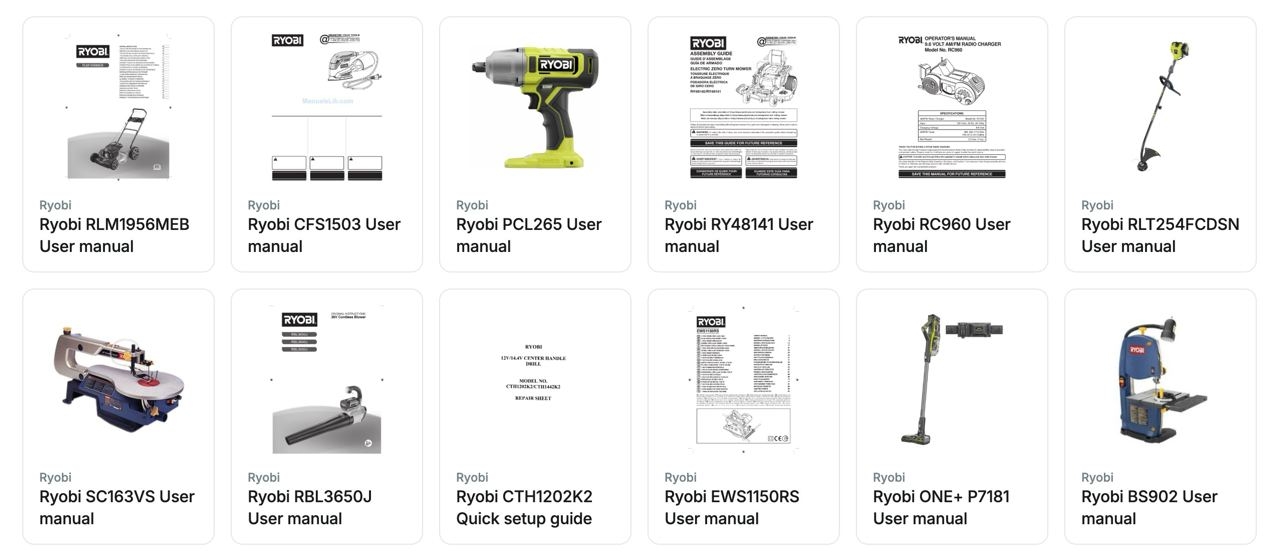Clear Setup Guides Still Matter in a Plug-and-Play World

It’s easy to forget that “plug and play” doesn’t always mean what it says. You unwrap a brand-new router, switch, or firewall, power it up, and expect everything to just work. But if you’ve ever tried setting up a Cisco device—or troubleshooting one after hours—you already know better.
Even for experienced techs, setting up networking equipment can quickly become a scavenger hunt. The truth is, clear, direct setup guides are still critical. And no, the 300-page manufacturer PDF buried in your downloads folder doesn’t count.
Why “Plug and Play” Is Mostly Marketing
Most modern devices ship with the promise that setup is simple. But that simplicity is only real if you stay in the default lane. The moment you want something custom—port forwarding, VLAN tagging, static IP settings—you’re on your own.
For home users, this might be frustrating. For IT teams or small business owners, it’s expensive. Every extra minute spent searching through outdated manuals or random forum threads is time you’re not spending on actual work.
And when you're dealing with Cisco hardware, that “extra minute” can turn into hours fast.
The Real-Life Costs of Confusing Manuals
Let’s say you’re setting up a Cisco switch for a new office. It should be simple: power it up, configure a few VLANs, enable port security, and move on. But now you’re stuck trying to figure out why one port won’t respond.
You search the manual.
You find... nothing helpful.
It points to a command that doesn’t work on your model, or it skips the context entirely. So now you're flipping between ten browser tabs, each offering a different answer — and none of them quite match your firmware.
This happens constantly.
What’s worse? These delays aren’t just inconvenient — they come with real costs:
- Lost time: That setup job now takes three times longer.
- Increased risk: Incorrect configs can lead to outages or leave networks exposed.
- Support overload: Companies get flooded with support calls that could’ve been avoided with better documentation.
Why Cisco Devices Are Especially Tricky
Cisco makes rock-solid gear. No one doubts that. But it’s not made for people who “kind of know what they’re doing.” It’s made for people who know exactly what they’re doing — and even they check guides.
These devices aren’t just “on” or “off.” They’re complex, deeply configurable systems. Which means one small setting buried in a sub-menu can change everything. And with Cisco’s long product lifecycle, older models may need specific steps that newer ones don’t.
So unless you're working with this stuff daily, you’re going to forget commands, miss options, or overlook a step. That’s not a user failure. That’s just the reality of technical equipment.
What helps? A clean, readable walkthrough, tailored to your model and use case.
What Makes a Setup Guide Actually Useful?
Too many manuals are built like textbooks — massive, dense, and full of irrelevant information. Here’s what actually helps in real-world setups:
- Quick steps, in order: No one wants to read a manual cover to cover. Clear steps from start to finish save time.
- Screenshots or CLI examples: A line of code or a visual reference goes further than a paragraph of explanation.
- Context, not just commands: Knowing why a setting matters prevents mistakes and builds confidence.
- Focused help: You don’t need everything. You just need your thing. Guides that zero in on specific fixes are gold.
That’s why tools like https://manuals.online/cisco are actually helpful. You’re not digging through 200 pages — you’re getting straight answers, built for real problems, in plain language.
Good Documentation Isn’t Just for Beginners
There’s a myth that only new users need help. That’s false. Even seasoned IT pros get stuck when a device behaves in an unexpected way.
You don’t always need a full tutorial. Sometimes you just need a reminder — the right syntax, a config example, or a way to reset the thing without wiping the whole network.
When time’s tight and pressure’s high, the last thing you want is a wild goose chase through outdated PDFs or support forums full of half-answers.
That’s when a solid setup guide makes the difference between a five-minute fix and a full-blown outage.
Final Thoughts
You can have all the experience in the world — but without the right setup guide, you’re still guessing.
Plug and play is great, when it works. But real networks have quirks, and real devices don’t always behave the way you expect. That’s where clear, focused documentation comes in.
Good guides aren’t just for first-time users. They’re for anyone who wants to get the job done — faster, cleaner, and with fewer headaches.
Because no one wants to waste an afternoon trying to remember the exact CLI command to re-enable a disabled port on a Cisco 2960.
Trust me — I’ve been there.
- Art
- Causes
- Crafts
- Dance
- Drinks
- Film
- Fitness
- Food
- Jogos
- Gardening
- Health
- Início
- Literature
- Music
- Networking
- Outro
- Party
- Religion
- Shopping
- Sports
- Theater
- Wellness

